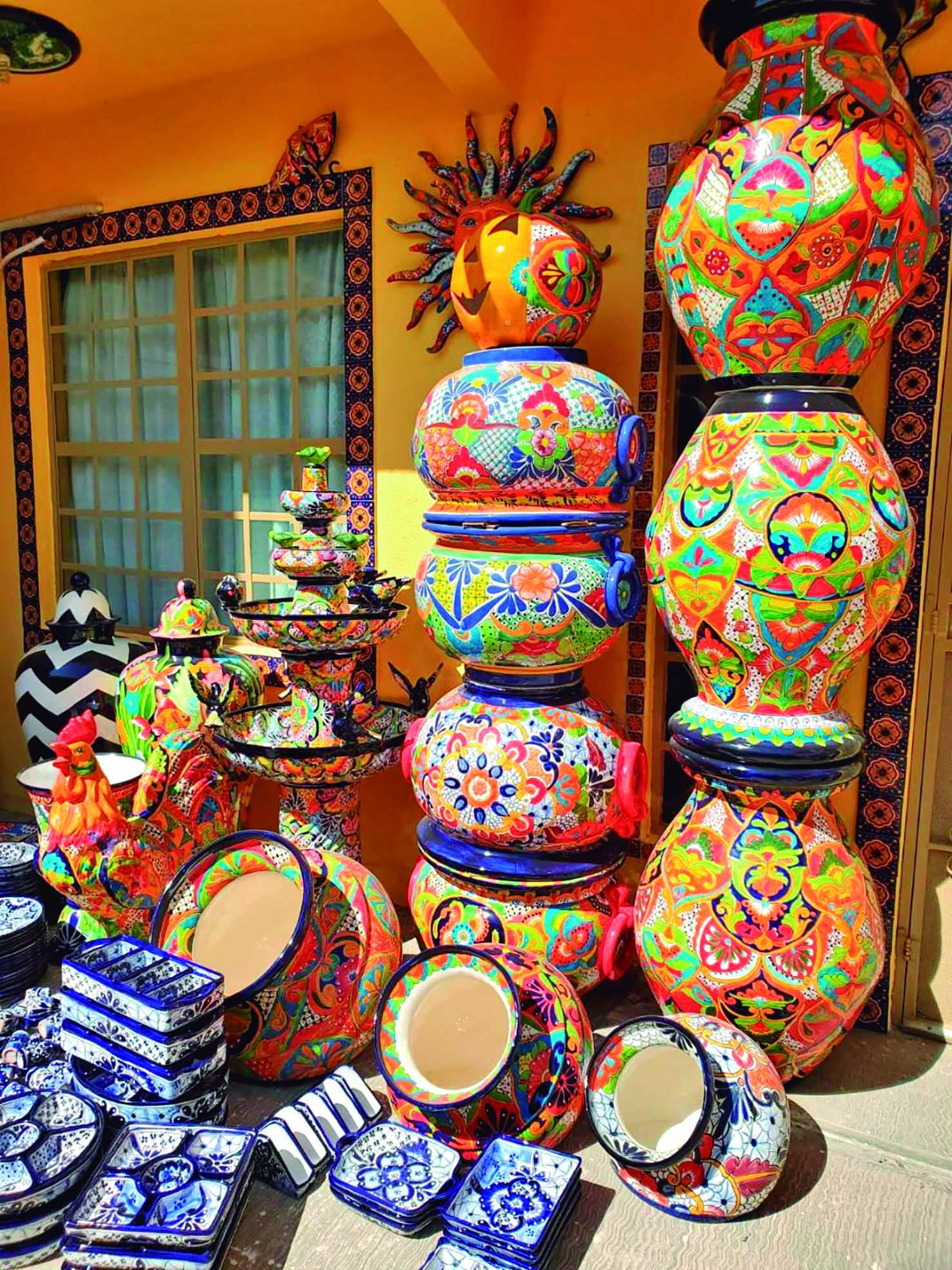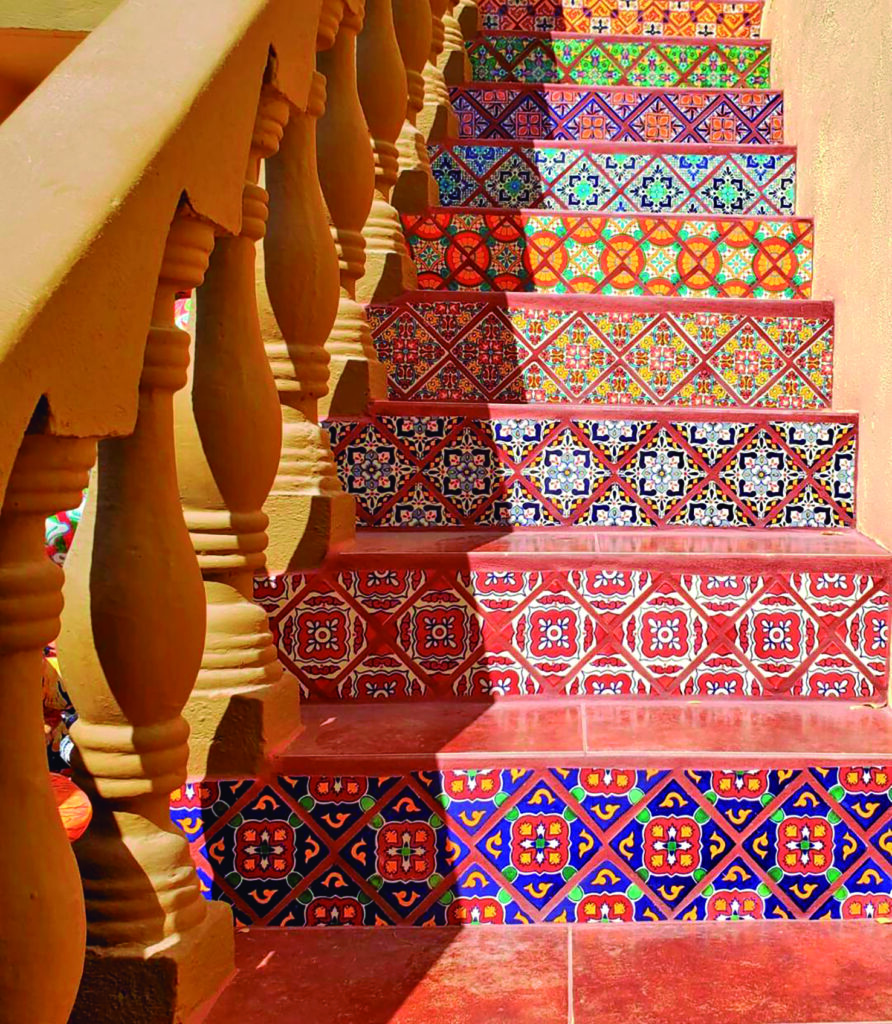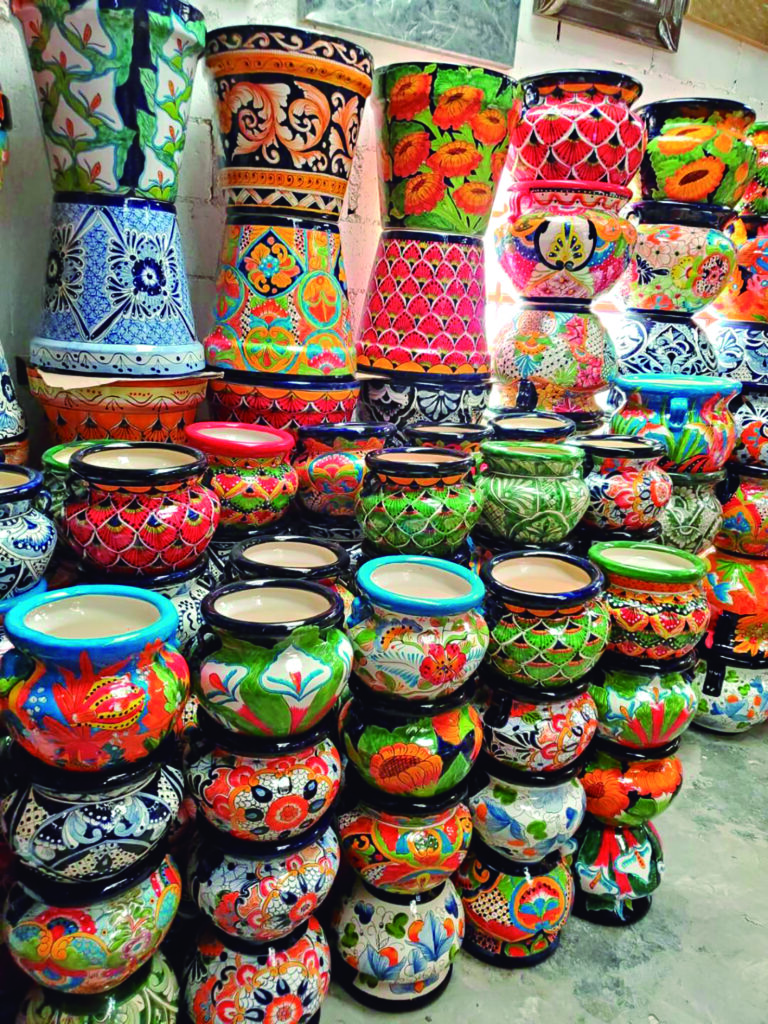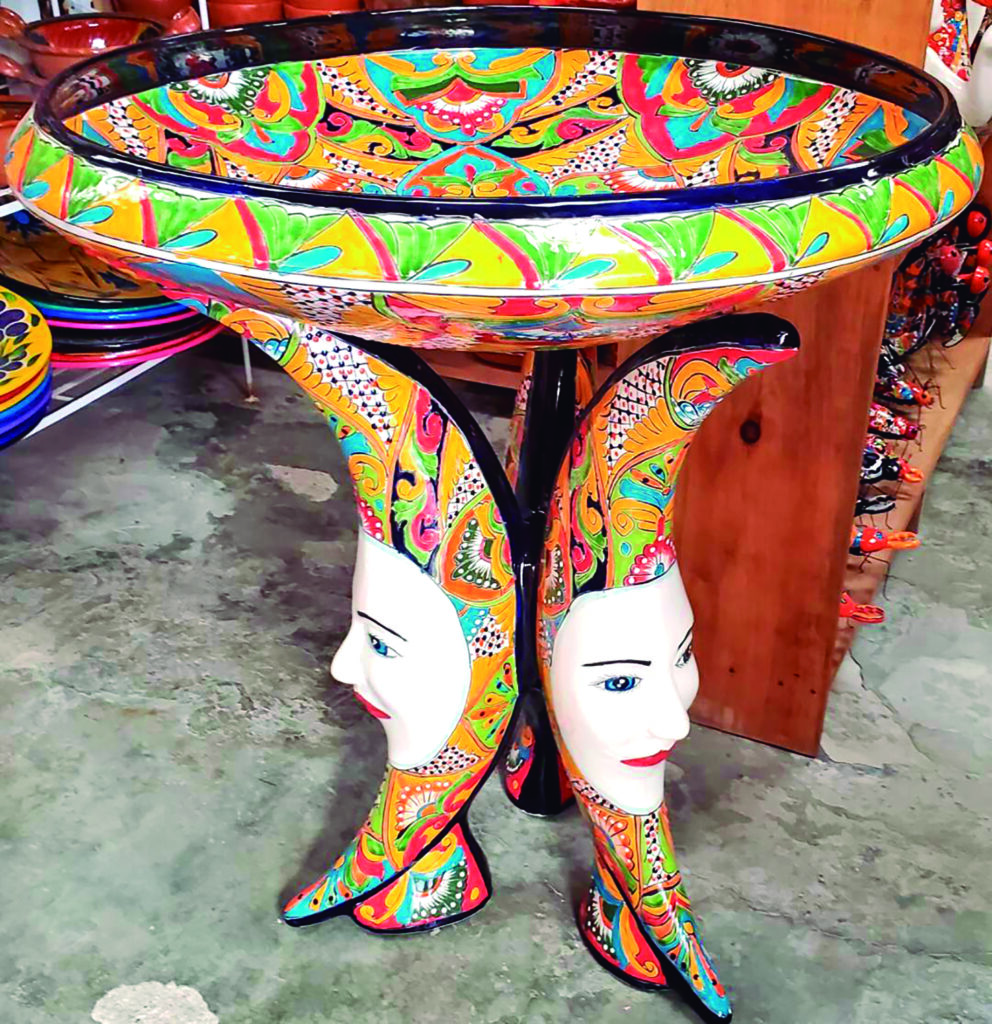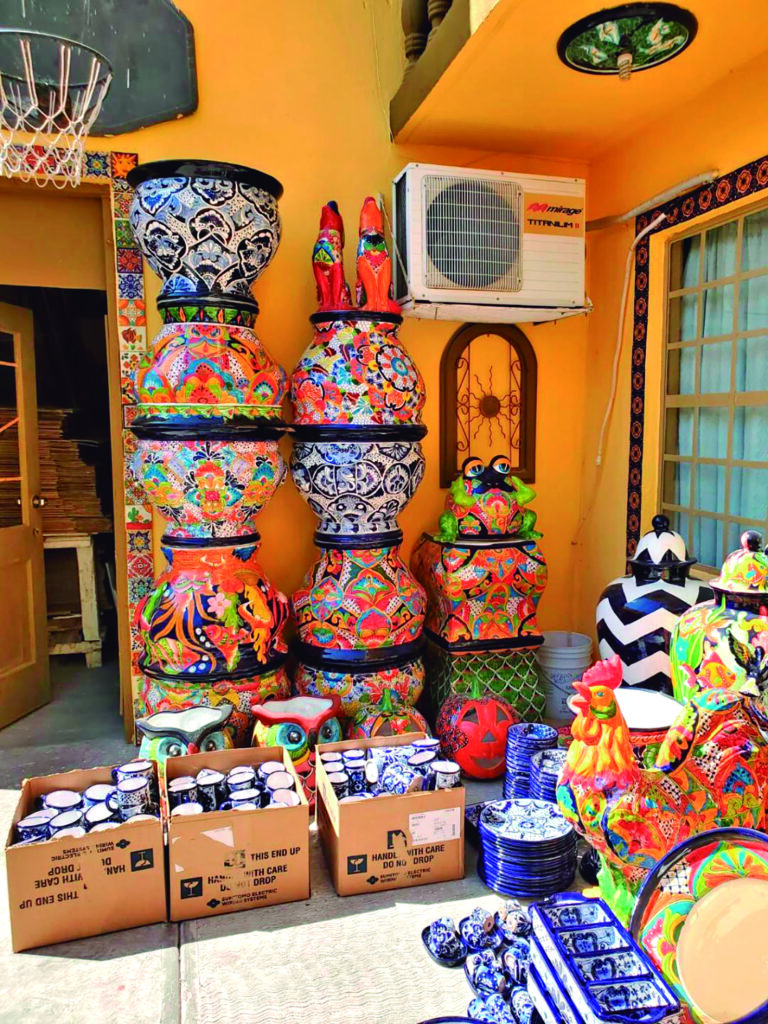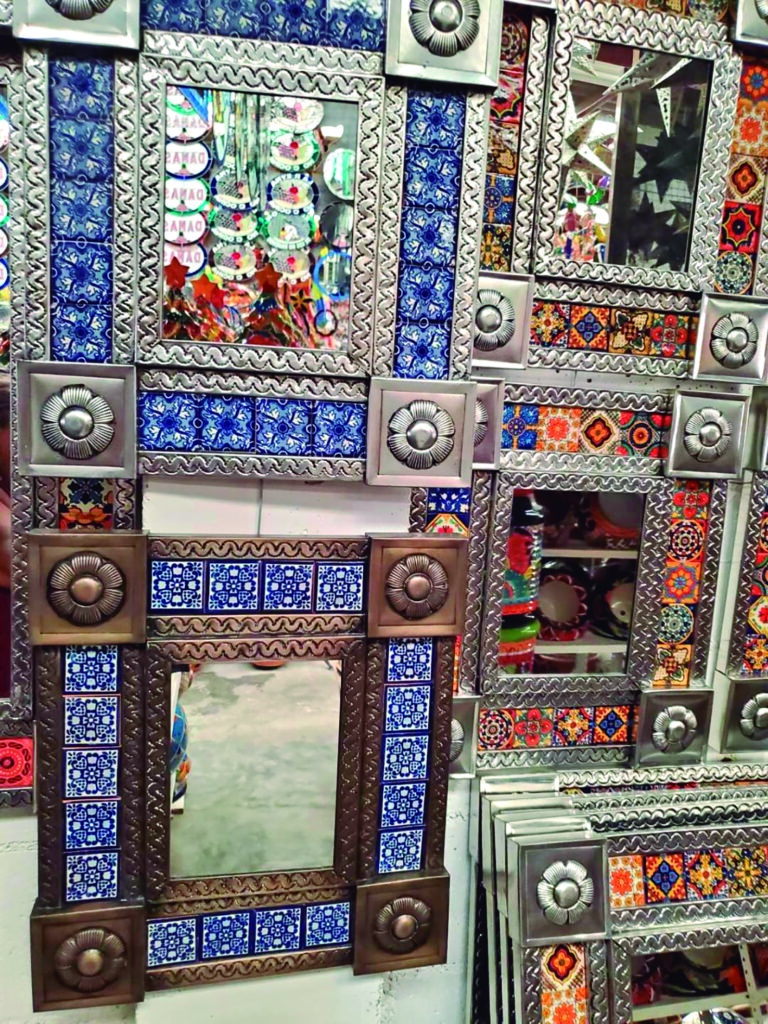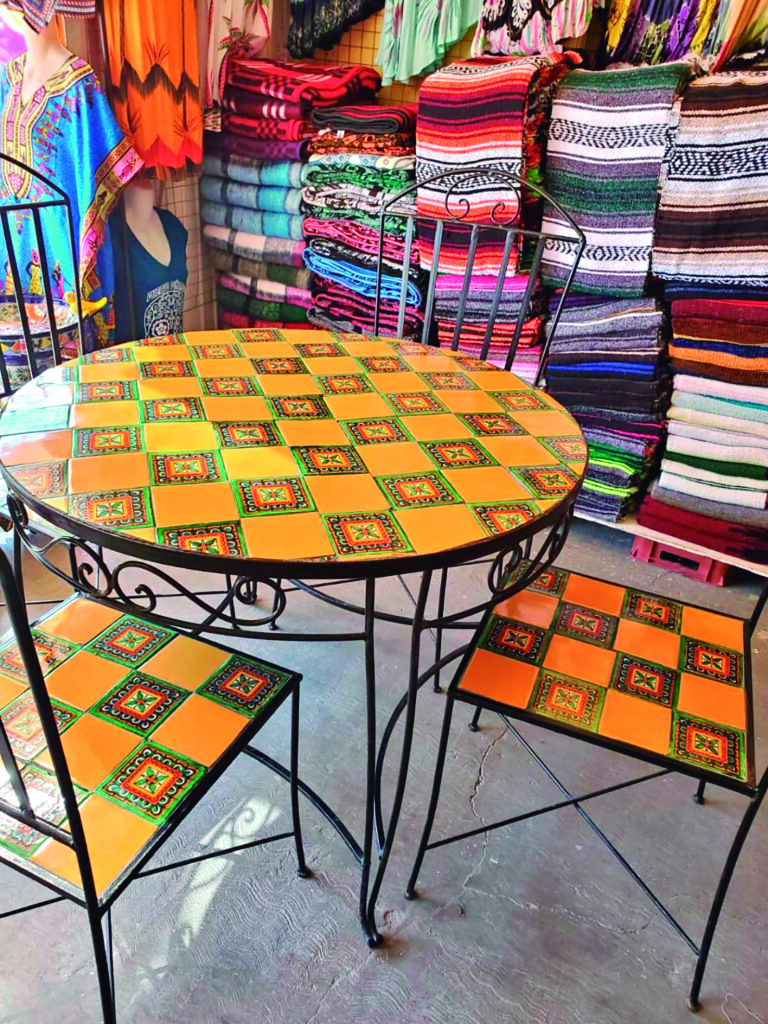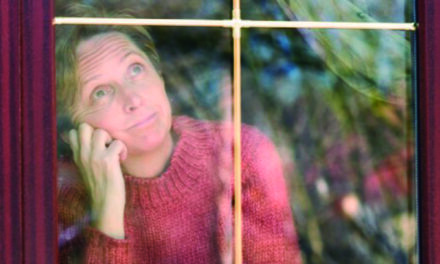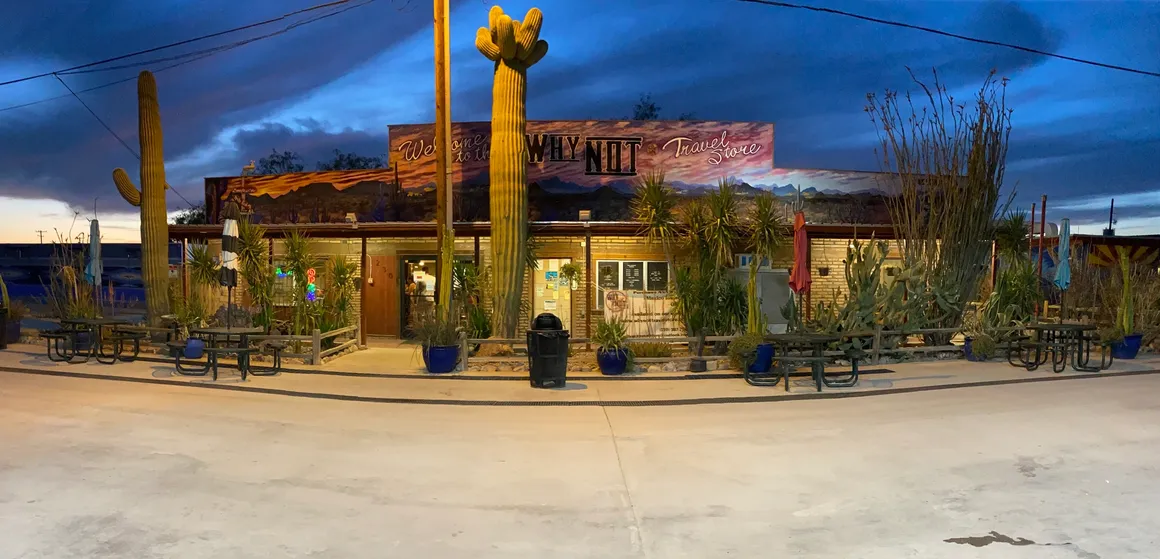Talavera tile. I love it! I could decorate my entire house in Talavera tiles and pottery. I go crazy at Rodeo Drive at the big Talavera store. I literally want everything in there. When we were building a raised planter in our backyard, I was at Karma Tile every week selecting Talavera tiles to decorate it.
I was at Talavera Temo on Rodeo Drive recently, and someone recognized me from my Rocky Point Times articles. I joked that I needed an idea for this month, and just like that it came to me…what is the history of Talavera? I’ve just always thought it was so beautiful, but like most things in Mexico, it is rich with history. So here is a very brief history on a very longstanding tradition of pottery dating back to ancient Egypt.
Talavera is named after Talavera de la Reina, a city in Spain. It is a style of ceramics called Majolica which originally developed in ancient Egypt and then perfected in China and eventually found its way to Spain in the 13th century, and then the Spanish brought it to Mexico. Authentic Mexican Talavera is made only in Puebla. Puebla is rich with high quality natural clay. The people of Puebla were trained on the knowledge of the Talavera technique in the 16th century, by Spanish monks who imported artisans from Spain because they wanted the Church of Santo Domingo to be built in the way they were accustomed, with hand painted tiles.
The process in manufacturing an authentic Talavera piece is painstakingly slow, elaborate and highly regulated. It hasn’t changed much since the 16th century. The artisans have special prayers they pray during the process because it takes three to six months to make a piece, and there is risk of damage or breakage and any time. Each piece is hand painted. Historically, the cobalt blue tiles and designs were the most sought after because it was the most expensive pigment and brought prestige to any home or building. There are only six permitted colors in authentic Talavera – blue, green, yellow, orange, mauve and black – these colors must be made from natural pigments. Because of the cost, having your home tiled in Talavera was a sign wealth and success. Today, there are only a handful of certified workshops that produce authentic Talavera. Those are the only shops that are allowed to call it Talavera, and it is three times more expensive than any other type of pottery. Because of this, most of what is currently purchased is imitation, called Talavera style pottery. Either way, I still love it and it just makes me happy to see the vibrant colors and designs.
Photo credit goes to my great friend and talented photographer Sonia Powers.

